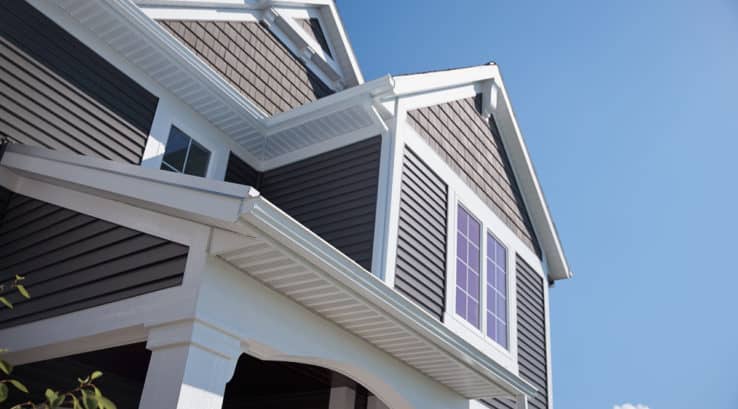Tips to Reduce the Cost When You Reroof Your Home
Replacing your roof is a significant investment, but with careful planning and smart strategies, you can manage the costs effectively without compromising on quality. Whether you’re dealing with storm damage, wear and tear, or simply upgrading your home’s aesthetics, here are actionable tips to help you save money on your roof replacement project.
- Assess the Necessity of Replacement
Before committing to a full roof replacement, determine if it’s absolutely necessary. If your roof has minor issues like a few missing shingles or localized leaks, repairs might suffice. However, if there are widespread problems such as sagging, extensive water damage, or multiple leaks, replacement is likely the best option. Consulting with a professional roofing contractor can provide clarity on the best course of action.

- Obtain Multiple Estimates
Don’t settle for the first quote you receive. Reach out to several reputable roofing contractors to get multiple estimates. This allows you to compare prices, services offered, and timelines. Be wary of unusually low bids, as they may indicate subpar materials or workmanship. Instead, look for a balance between cost and quality to ensure you’re getting the best value for your money.
- Choose Cost-Effective Roofing Materials
The type of roofing material you select significantly impacts the overall cost. Asphalt shingles are among the most affordable options, offering a good balance between cost, durability, and aesthetics. While materials like metal, tile, or slate can provide longer lifespans, they come with higher upfront costs. Consider your budget, the climate in your area, and how long you plan to stay in your home when choosing materials.
- Schedule Work During Off-Peak Seasons
Roofing contractors often experience slower periods during late winter and early spring. Scheduling your roof replacement during these off-peak times can lead to cost savings, as contractors may offer discounts to maintain steady work. Additionally, you’ll have more flexibility in choosing dates that fit your schedule.
- Consider Reroofing
If your existing roof has only one layer of shingles and the underlying structure is sound, you might opt for reroofing—installing new shingles over the old ones. This method can save on labor and disposal costs. However, it’s essential to have a professional assessment to ensure this approach is suitable for your home.
- Utilize Insurance Coverage
If your roof has sustained damage due to a covered event like a storm, your homeowners insurance policy may help offset replacement costs. Review your policy to understand the coverage limits and deductibles. It’s advisable to contact your insurance company before hiring a contractor to ensure you’re following the correct procedures for claims.
- Negotiate Payment Terms
Many roofing companies offer financing options or payment plans to help manage the cost of a new roof. Discuss these options with your contractor to find a plan that fits your financial situation. Additionally, some contractors may offer discounts for upfront payments or cash transactions. Always get the terms in writing and ensure you understand any interest rates or fees associated with financing.
- Perform Regular Roof Maintenance
 Preventative maintenance can extend the life of your roof and delay the need for a full replacement. Regularly inspect your roof for damaged or missing shingles, clean gutters, and remove debris. Addressing minor issues promptly can prevent more significant problems and costly repairs down the line.
Preventative maintenance can extend the life of your roof and delay the need for a full replacement. Regularly inspect your roof for damaged or missing shingles, clean gutters, and remove debris. Addressing minor issues promptly can prevent more significant problems and costly repairs down the line.
- DIY Preparation (With Caution)
While the actual roofing work should be left to professionals, you can save money by handling some preparatory tasks yourself. This might include removing debris from the roof or clearing the area around your home. However, be cautious and ensure safety is a priority. Improper handling can lead to accidents or damage, potentially increasing costs.
- Plan for the Long Term
When investing in a new roof, consider the long-term benefits of higher-quality materials. While the initial cost may be higher, materials like metal or tile can offer greater durability and energy efficiency, potentially saving you money on repairs and energy bills in the future. Additionally, some roofing materials may increase your home’s resale value.
Reroofing your home doesn’t have to break the bank. By assessing your needs, obtaining multiple estimates, choosing cost-effective materials, and exploring insurance options, you can manage the costs effectively. Remember, the cheapest option isn’t always the best; focus on balancing cost with quality to ensure a durable and reliable roof over your head.